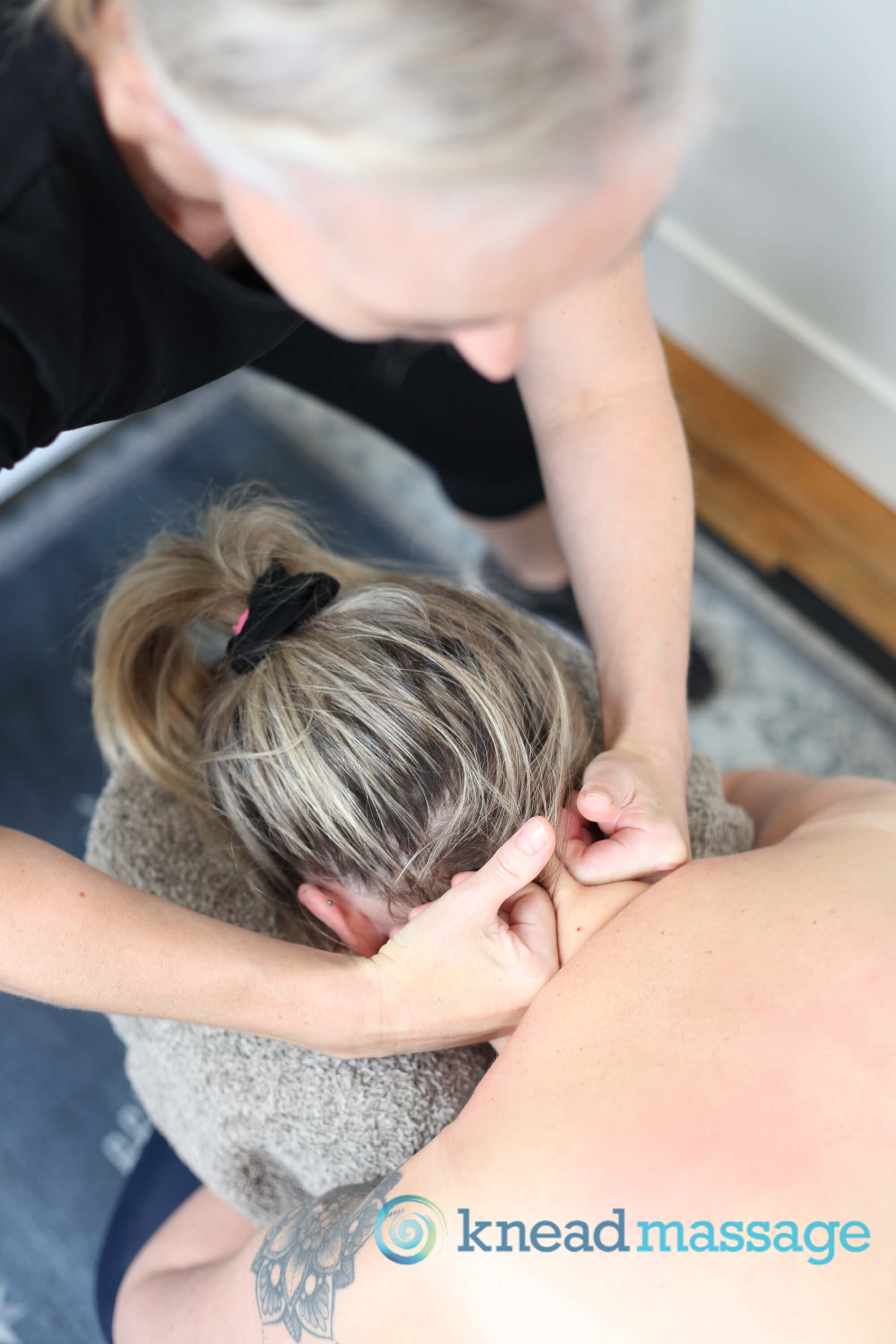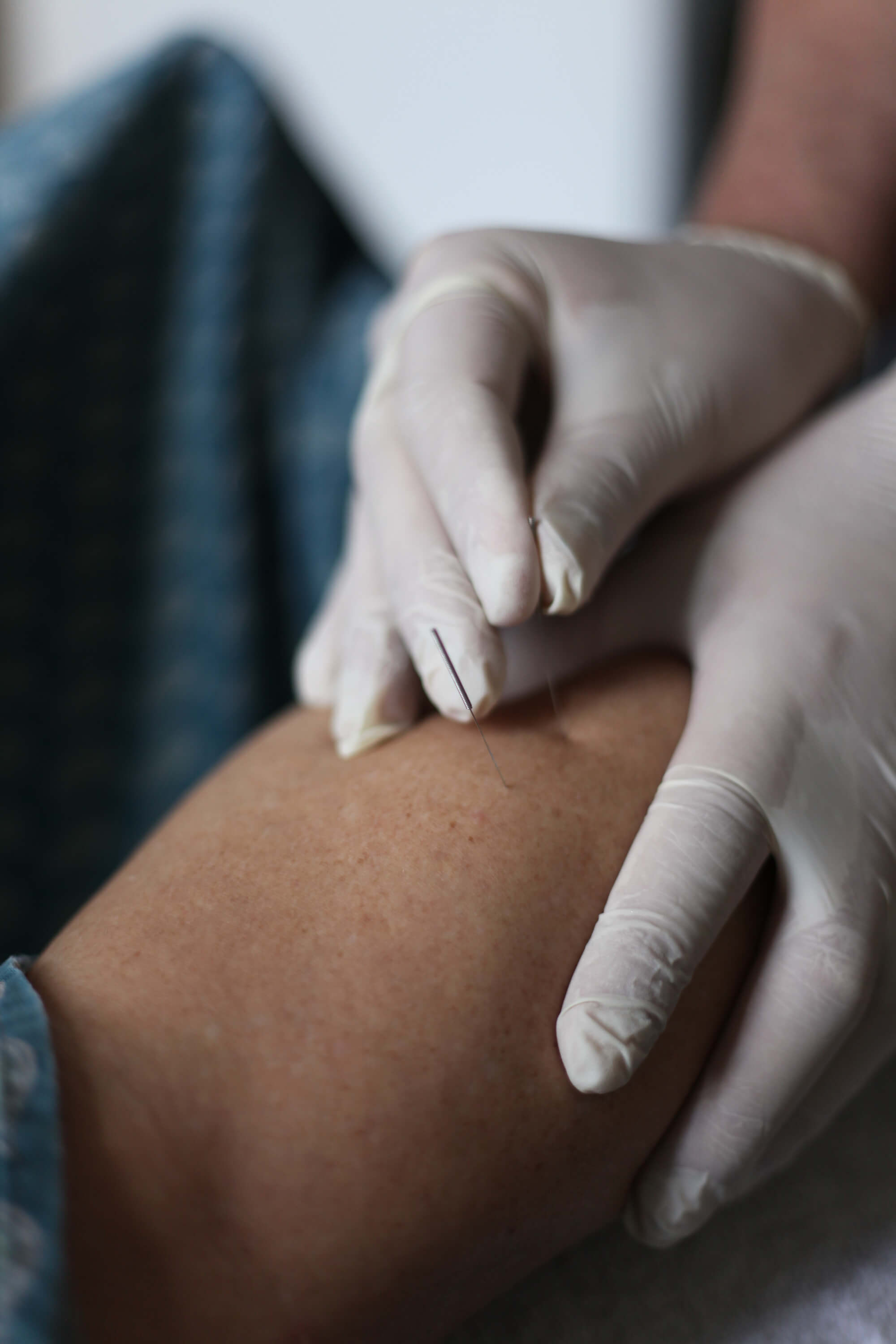Remedial Massage
Our Caring, Qualified Remedial therapists will assess your individual needs and tailor your treatment accordingly.
We provide Remedial, Sports, Pregnancy, Lymphatic Drainage.
Our Experienced Team can help ease your pain and should you need more specialised treatment our Myotherapists can help.

What is Remedial Massage?
Remedial massage therapy is the treatment and assessment of pain and dysfunction. It involves the treatment of muscles, fascia (connective tissue), ligaments and tendons which are prone to overuse, overloading, shortening or lengthening and this can produce all kinds of aches, pains and injuries.
A client’s complaint is assessed via the most appropriate tests and these may include posture, biomechanical, range of movement, and neural tests. These tests help identify the most likely cause of pain or injury.
If the assessment is consistent with pain or injury that is better dealt with by another health professional (myotherapist, osteopaths, podiatrists etc) then we will refer you to the most appropriate person. Otherwise we will treat accordingly.
We provide health fund rebates for remedial massage.

What conditions can Remedial Massage Treat?
- Lower Back Pain
- Neck and Shoulder pain
- Injury Rehab
- Muscle Strains and Sprains
- Overuse issues
- Muscle Imbalances
- Knots and Tension

What can I expect in a Treatment?
The purpose of remedial massage is to identify causes of pain and treat accordingly. Participation will be required by the client either in the testing phase, during treatment or in post treatment advice or all 3. It is therefore not a passive treatment but rather an active one where you will need to do as the therapist requests and provide feedback.
Remedial work can at times be quite slow as techniques such as myofascial release and trigger point needs to be done slowly to achieve the best result. For clients used to receiving a general all over massage this can be a unexpected change.
Sometimes they may leave the treatment feeling as though they did not “get their full massage” and so it is important to understand that remedial is a treatment designed to focus on a few areas at a time.

Remedial Massage and Dry Needling
At times you may need more than just massage if persistent trigger points and knots are not responding to massage alone. Trigger points are areas within muscle tissue that have become contracted and banded together. Trigger Points are either Active or Latent.
Active points can radiate pain to other areas of the body, even areas that are not directly aligned with the trigger point.
They can also stimulate the release of sensitizing chemicals into muscle increasing pain.
If you have active trigger points in the neck, for example you may expe
rience headaches. Latent means they are present but don’t cause pain, however they will cause tension, lack of mobility and weakness in the muscle.
Dry Needling is a very effective treatment for trigger points and you can combine Remedial massage and Dry Needling for even better results.
Remedial massage is eligible for health fund rebates.


We provide Health Fund Rebates
At Knead Massage & Natural Therapies all of our Remedial Massage Therapists and Myotherapists can provide Health Fund rebates for remedial massage.
Meet your Remedial Therapists

Roger Morelli
B.HSc – Clinical Myotherapy, Senior Remedial Therapist, Lower Limb Specialist

Elena Rengifo
B.HSc - Myotherapy, Remedial, Dry Needling, Pregnancy, Lymphatic, Sports Therapist





